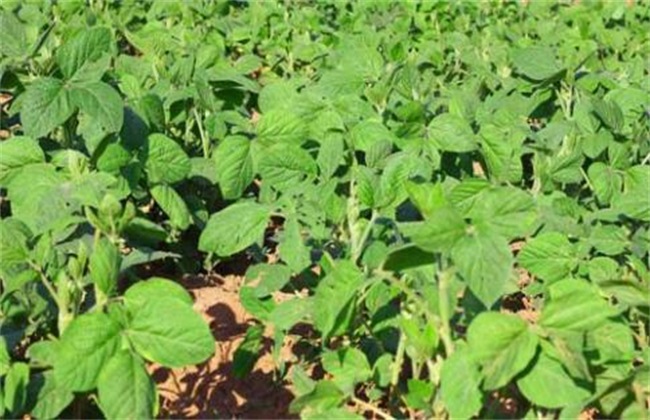How to remedy the lack of seedlings and broken ridges in Wheat
Wheat is a major food crop in China, which has a very large planting area in our country. Although the planting method of wheat is relatively simple, there are often some problems in planting, and lack of seedlings and broken ridges is one of them. If the wheat is short of seedlings and ridges, it will have a great impact on its yield. So how to remedy the lack of seedlings and broken ridges of wheat? The following editor will give you a brief introduction, let's have a look!

1. Reasons for lack of seedlings and broken ridges
When wheat is planted, it often leads to irregular emergence due to a lot of reasons. In general, if there are no seedlings in the wheat field around the 10cm in the wheat row, then there is basically a lack of seedlings. If there is no wheat seedling more than 15 cm, it will be regarded as broken ridge. There are many reasons for the lack of seedlings and broken ridges of wheat, such as extensive management during farming, resulting in more bumps. Or sowing when the soil moisture is yellow, resulting in the lack of soil moisture.
When sowing, we should pay attention to the sowing depth of each sowing hole, some sowing depth, some sowing shallow. If the sowing depth is inconsistent or skipping sowing is missed, then the phenomenon of lack of seedlings is also very easy to occur. In addition, the quality of seeds is also a key factor affecting wheat emergence. After sowing, it is easy to cause drug damage if it is harmed by underground pests, or improper disinfection of seeds and soil, thus affecting the emergence of wheat seeds. The wheat fields with the phenomenon of lack of seedlings and broken ridges should be dealt with in time, which will not only reduce the utilization rate of land resources, but also reduce the yield.
II. Remedial measures
1. Check seedlings and replant
About 4 days after wheat seed sowing and emergence, we should do a good job of checking seedlings to see if there is a lack of seedlings, and if there is a phenomenon of lack of seedlings, we should replant in time. When replanting, first of all, we should use the same variety of seeds and soak them in warm water of about 20 degrees for about 4 hours. Then fish it out and let the seed absorb enough water to keep it in a moist state. When the seeds show signs of germination, ditches can be opened to replant. If the soil moisture is poor, then appropriate amount of water should be watered along the ditch, and then covered with soil after sowing.
2. Thinning seedlings and transplanting
After the seedlings enter the tillering stage, if there is still a lack of seedlings. Then we should timely thinning seedlings to make up thin, while transplanting, while replanting. When transplanting, the strong seedlings should be retained and the weak seedlings should be removed. When transplanting cover soil, we should pay attention to control the depth. Do not press to the heart of the seedling, nor expose the root of the seedling to the outside. Do a good job in management after planting, and if the soil moisture is not good, you should water it in time. Some available fertilizers can be properly applied to improve the survival rate and growth rate of seedlings.
The above is a brief introduction to how to remedy the lack of seedlings and broken ridges in wheat. That's all for today's introduction. This article is for reference only. Thank you for your reading and support.
Related
- The first cup of black tea in spring, the flavor and history of tea gardens in Kenya, Africa
- The computer can not only choose potatoes, but also grow tea rice. AI will grow winter oolong tea champion.
- It is not only the inflated tea bitten by insects, but also engraved with the four seasons tea in Beipu.
- The Oriental Beauty Tea Festival in Zhuxian County takes the stage at the weekend to experience the plus-size feast of oil tea.
- & quot; Oriental Beauty Tea & Exploration of Emei in Hsinchu, the hometown of quot;
- The new variety of strawberry "Tainong 1" dessert is the first choice with mellow aroma. Crimson gorgeous
- History of Tea in Taiwan: from Wild Inner Mountain to Export Tea Garden
- Two types of Taiwan Oriental Beauty Black Tea won the British three-Star Award for Childhood Tea Xiang Zhang Jiaqi changed from pilot to champion tea maker.
- Banana species and varieties: the planting history of Taiwan Xianren banana and dwarf banana is long, is banana disease resistant?
- Coffee planting Technology: Qianjie Coffee from Seedling to harvesting



